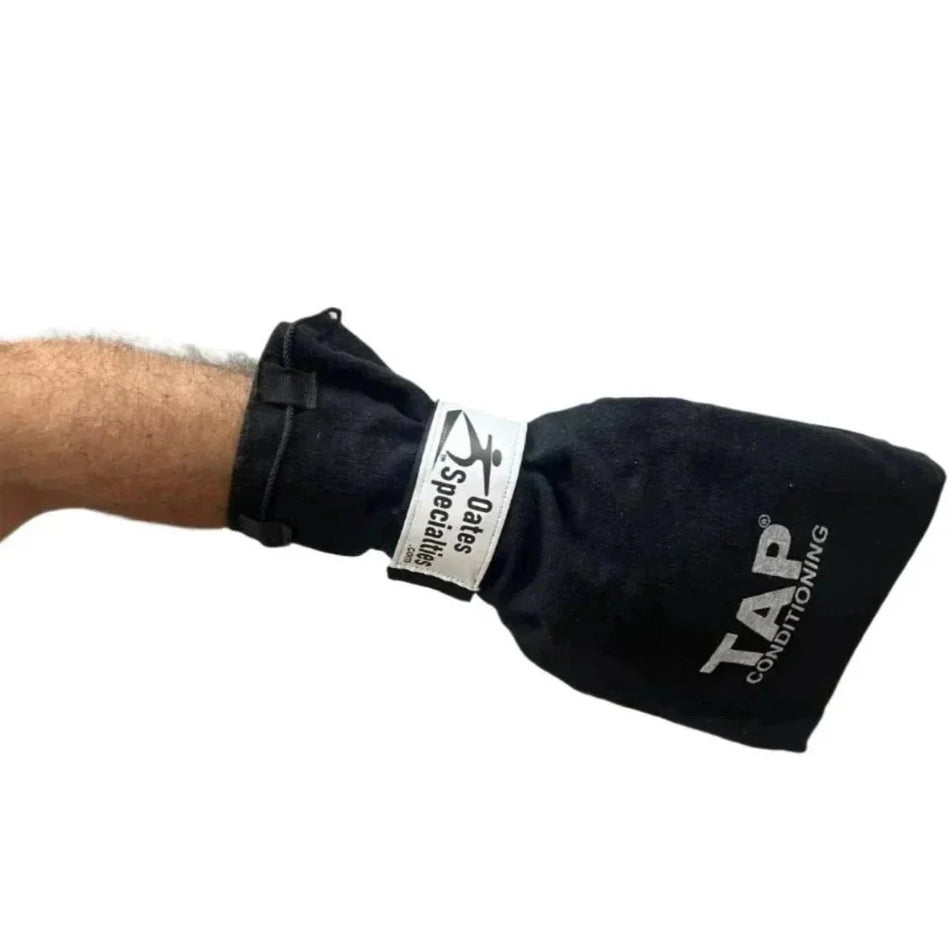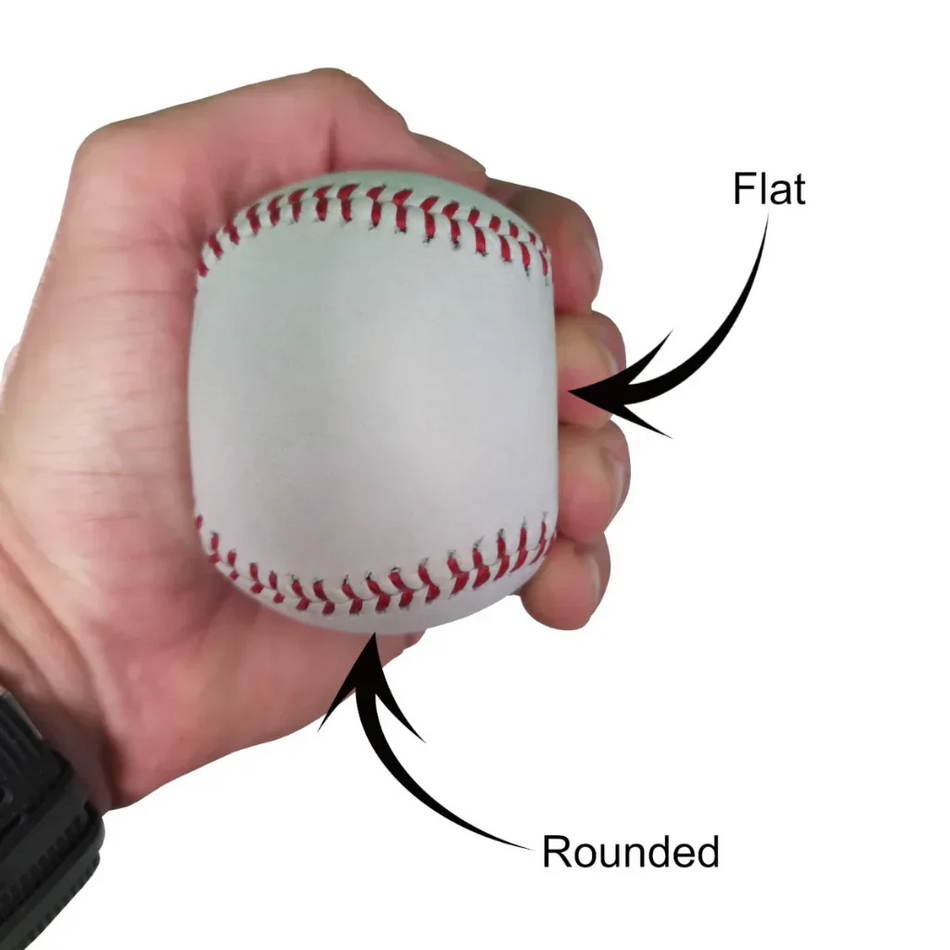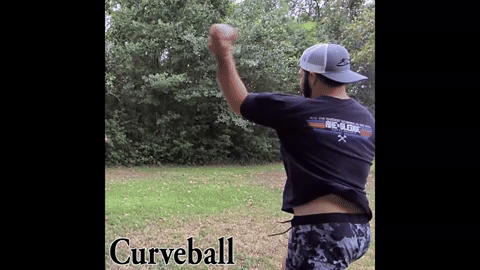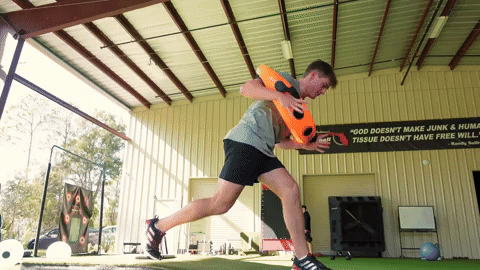It has been a couple of weeks since my last post regarding forearm strength, but there were some other topics which surfa ced that I felt like I needed to address first. As for forearm/grip strength, there are many ways to strengthen it and I'm going to tell you of some that I have done as well as seen others do. There are really two different types of forearm strengthen exercises: those that directly target the forearm and those that indirectly work it as the athlete performs other dynamic exercises. I'll talk first about those which indirectly work to strengthen it.
Examples of these types of exercises are working out with the Large Diameter Rope, Speed Chains, and Gymnastic Rings. When an athlete is performing exercises with this equipment he is having to securely hold on to the rope, chain, or ring so that he can correctly and explosively perform the exercise. Although the grip is not the main focus of the exercise, it is in fact a critical part, because as the athlete uses his grip the forearm is being engaged and thereby strengthened. I never realized how much your hands and arms were worked until I began to do the Ropes and Gymnastic Rings and noticed the soreness/tightness the day after using them.
These types of forearm strengthening exercises are the best in my opinion because it is the most functional (a.k.a game like). During a game an athlete will be doing explosive, full body activities yet will have to use his grip and forearms at the same time in order to properly perform many sport specific movements.
Although I like activities which actively engage your forearms while doing other movements, there are times when it is important to specifically concentrate on forearm and grip strength. I utilized several different pieces of equipment to accomplish this goal. The first piece of equipment I used is called the Super Pro. The Super Pro is great for strengthening the upper forearm as well as the elbow. As a pitcher, I really loved this device because it helped me build muscle throughout my forearm to help protect my Ulna Collateral Ligament and other tendons which were constantly being stressed as I pitched. The Super Pro also has an adjustable weight on it which makes it great for users of all strengths and sizes.
As for targeting my grip strength I often used the Hand Master Plus. This device is commonly used by climbers (who need phenomenal strength to hold on to sheer faced cliffs) and resembles a stress ball except there are loops for each of your fingers. The ball is then squeezed to strengthen the front of the hand and then the user opens up his hand and fingers against the resistance of the loops to strengthen the back of the hand. With the Hand Master it is possible to target a single finger or groups of fingers to strengthen, which can be especially useful for pitchers who want to work on their first two digits.
The Power Web is another product I used for grip strength and is commonly seen in physical therapy offices. It is a versatile and effective resistance exerciser for strengthening the muscles and joints of the fingers, hand and wrist. Not only can the resistance of each web be modified to meet specific needs by adjusting the hand position and/or depth of finger insertion but there are also several different color resistances available to choose from. The Power Web is very useful as almost any hand and wrist movement can be emulated using this strengthening tool.
Over the years I have picked up a number of forearm and grip strengthening exercises in the weight room as well. The first and possibly most basic exercise I would perform in the weight room was a basic forearm/wrist curl with a dumbbell in my hand. This specifically targets the inside of the forearm and the muscles used when throwing a ball. In order to strengthen the forearm equally I would always do the opposite as well. This consists of taking a dumbbell with my palm facing down and lift the back of my hand toward the ceiling. An exercise I first saw being performed by hockey players that I soon began to utilize myself was holding onto metal plates in the weight room. I would pick up a 45lb metal plate, which did not have handles, and would hold it down at my side with my arms straight using solely my finger and grip strength to hold onto the edge of the plate. I would always time myself doing this plate hold and would constantly try to beat my old time. This is a great way to actively strengthen the forearm and was always one of my favorite forearm exercises.
The last weight room type strengthening exercise I would utilize is probably the most simple, yet one of the hardest. I would take a rope, such as an 8 foot long Large Diameter, and hang it over a pull up bar. I would then grab onto the rope with one in each hand and do a series of pull ups, rows, and body weight hangs. Because you are having to support your entire body weight during all of these exercises solely by holding onto the large rope, it will quickly tire out your forearm and add a whole new dimension to a normal upper body workout. Because in everything you do you can only improve if you measure it, Oates Specialties also offers a Baseline Hand Dynamometer to measure grip and forearm strength. This was the instrument used to record grip strength measurements at Spring Training when I was in the Seattle Mariners organization. The Baseline Hand Dynamometer will help you to record your improved strength week in and week out.
Whether you decide to use a product designed specifically for forearm and grip strength, focus on full body exercises which actively engage the area, or head to the weight room to do wrist curls and plate carries, the important thing is to make sure that you or your athletes are spending time on this often neglected area. You will be surprised how this improved strength can positively effect your on field performance and can also help keep your wrist and elbow areas injury free.
Until next time,
Brian Oates
Twitter: @Oatesspecialty














































